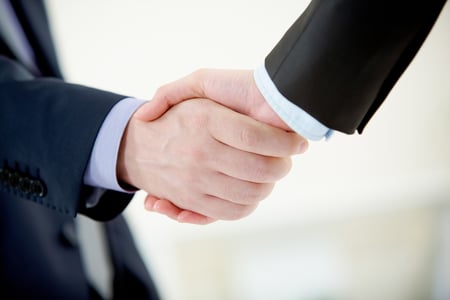In my previous blog article, I discussed the importance of looking at your sales production in terms of the 80/20 rule and flipping it so you can see the impact your bottom performers are having on your overall sales growth goal. If you have not already done so, click here to read the article.
With all of that said, here are some analytics of organizations we work with. Before we begin our engagements I ask for production reports so that I can get a feel for how the team is actually performing. This starts the process of gaining an initial ‘augmented view’ of the sales team. The more in-depth augmented view comes when we complete the Sales Effectiveness and Improvement Analysis.
Note: Company B: Investment Advisory (Above 300,000 is considered above goal)


Note: Many, if not all, of those in the bottom quintile were reassigned to a different business unit of banking that was more consistent with their skill set and level of expertise within their newly assigned market. In other words, they had good people on the bus but they were just in the wrong seats. But aside from that, it’s difficult to ignore the rest of the data.
If we eliminate the bottom quintile as a relevant factor, we still need to look at the 3rd and 4th quintile and wonder what is happening with this group. They are being outperformed by the 1st quintile 4.67 to 1 and 10.42 to 1! Normally, in banking, what I hear is that the most successful lenders are the most experienced-- as you can see here that is not the case. The years of service is insignificant other than the 3rd quintile which has almost as much experience as the first four quintiles.
Here is a final note on this group before I get into the actions taken to begin addressing the sales growth opportunity. The top 1/3 of the group is responsible for 83.6% of the loan production and the bottom 1/3 is responsible for 6% of the production. If you were on my board and I made this announcement to you about my sales team, what would be your reactions, questions or comments?
Suppose this was reflective of your team as well?
If you haven’t already done so, download our e-book "Why is Selling So #%&@ Hard?" If you need additional information, check out our e-book on "Why is Qualifying A Prospect So #%&@ Hard?"








